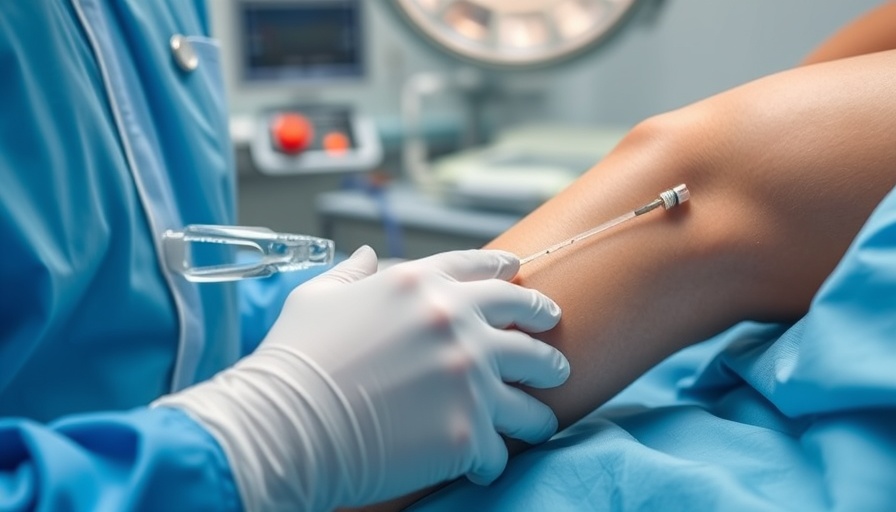
A New Hope for Knee Osteoarthritis Sufferers
Finding effective treatment for knee osteoarthritis (OA) has always been a challenge, but a new glimmer of hope has emerged in the form of Autologous Bone Marrow Stem Cell Therapy (BMAC). This innovative approach has quickly gained traction, especially following recent studies showcasing its potential to significantly alleviate pain for those struggling with this debilitating condition.
The Efficacy of BMAC Injections
According to a series of eight studies, the BMAC injection has been proven to be effective in providing substantial relief for patients suffering from early to mid-stage knee osteoarthritis. The findings indicate that an impressive 94.4% of participants experienced considerable pain reduction after the treatment. This stands in stark contrast to earlier management methods, where corticosteroid injections were commonly prescribed and often led to accelerated joint degeneration. Research has revealed that although corticosteroids may provide temporary relief, they can also hasten cartilage deterioration and inflammation, ultimately worsening the patient's condition.
Shifting Perspectives on Treatment Options
As the healthcare landscape continues to evolve, doctors and specialists are emphasizing patient education on various treatment options. Dr. Yeong-Seok Lee, director of Saint Luke Hospital, emphasizes the importance of timely diagnosis and intervention. "If knee pain is severe enough to interfere with daily life," he warns, "it's crucial to seek specialized care as early as possible." This advice is particularly poignant for individuals who may have relied on traditional methods that can lead to long-term damage.
Why BMAC Therapy Stands Out
The spotlight on BMAC therapies can be attributed to their innovative nature and proven results. Unlike traditional corticosteroid treatments, BMAC therapies focus on utilizing the patient's own stem cells to promote healing and reduce inflammation. This cellular approach not only alleviates pain but also fosters tissue regeneration, setting the stage for long-term improvements in function and mobility.
Common Misconceptions About Stem Cell Treatments
Despite the promising results, many misconceptions about BMAC treatments linger in public discourse. One common myth is that stem cell therapy is experimental and lacks substantial backing. On the contrary, the BMAC method has undergone rigorous clinical study leading to its approval as a new medical technology in South Korea in 2021. Patients are encouraged to seek out credible information and consult with healthcare professionals to debunk these myths and recognize the legitimacy of available treatments.
The Path Ahead: Future Insights and Adaptations
With the growing acceptance of innovative therapies like BMAC, there is a bright future for knee osteoarthritis treatment. The need for comprehensive and safe alternatives to traditional corticosteroid injections paves the way for further research and development. As more studies are conducted, it is likely that we will uncover additional benefits and possibly new methodologies that will refine treatment protocols even further.
Empowering Patients Through Knowledge
Knowledge is power, especially when it comes to managing chronic conditions like knee osteoarthritis. By staying informed about emerging treatment options, patients can have more constructive discussions with their healthcare providers and make choices that align with their personal health goals. BMAC therapy represents not just a treatment but a movement toward a more holistic approach to knee health and pain management.
As you explore the possibilities that BMAC injections and similar techniques offer, consider the positive impact they may have on your quality of life. While navigating treatment paths can feel overwhelming, being proactive and informed gives you a better chance at a more comfortable and functional future.
If you or a loved one is facing knee pain, it may be worthwhile to reach out to healthcare professionals specializing in innovative therapies. The journey to pain relief and enhanced mobility might just be a conversation away.
 Add Row
Add Row  Add
Add 



Write A Comment